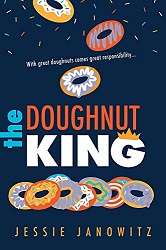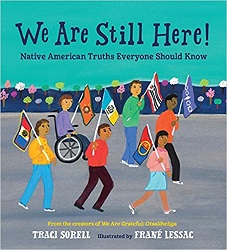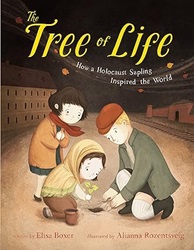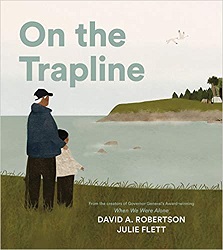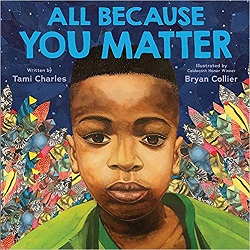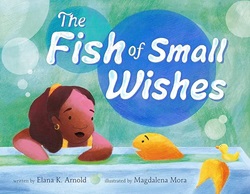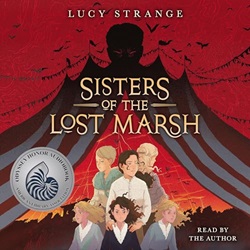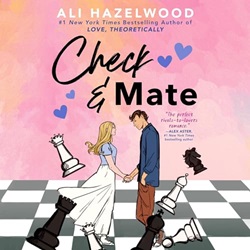 Check & Mate
Check & Mate
by Ali Hazelwood
read by Karissa Vacker
Listening Library, 2023. 9 hours, 32 minutes.
Review written March 13, 2024, from a library eaudiobook.
Starred Review
I decided to read this book to find out what all the fuss was about, because since the day it was published, it has been high on the list of most holds for young adult books for our library in Overdrive’s Libby. I was enchanted. I shouldn’t have been surprised, but it’s about a young woman taking on competitive chess.
As the book opens, Mallory is 18 years old and it’s the summer after high school. Her friends are getting ready to head off to faraway places to go to college. But Mallory’s staying home, working as a mechanic at a garage that used to be her uncle’s. Her mother has rheumatoid arthritis and she and her two younger sisters need Mallory to stick around and get the mortgage paid. Their dad is long gone — and it had to do with chess, which Mallory decided to completely give up four years ago when her dad left.
But now Mallory’s best friend cajoles Mallory into playing chess in a charity tournament. Once there, much to Mallory’s surprise, she defeats Nolan Sawyer, the reigning world champion — someone she idolized back when she was playing chess, and who also happens to be incredibly handsome.
After that, Mallory gets offered a year-long fellowship at a chess club that wants to increase women’s participation in competitive chess. She doesn’t intend to take it, but bills need to be paid, and she sees no other choice. Then she tells herself that she can just treat it as a job and stop thinking about chess when she clocks out. Oh, and she doesn’t tell her family, because she doesn’t want to hurt her mother by talking about chess, which will make her think of Mallory’s dad.
So that’s how the fun begins. The reader will not be surprised when Mallory has more and more encounters with Nolan Sawyer. And she has a lot of natural talent, and the chess club training is helping her develop that.
The book also makes a strong point about misogyny in the world of competitive chess. The author’s note says that a real study was done, and women playing online who were told they were playing men did worse against the same opponents as when they were not told gender or were told they were playing against women. Mallory is the only woman in the tournaments where she competes and has several microaggressions to navigate. But through it all — what does she think of Nolan Sawyer? The interaction between them is beautifully portrayed, with each having some past baggage and some obstacles to navigate.
Since young adult novels have changed so much since I started writing reviews, I will mention that at the start of the book in particular, Mallory has recreational sex with both men and women. She doesn’t want to get close to anyone she has sex with, because that can get messy. The sex isn’t described in detail on the page, but it is talked about a lot. Actually in very open ways. Later when it turns out that Nolan is a virgin, they talk about both ways of being in the world without judgment. (But at the start I was thrown for a loop by how freely Mallory talked about having sex and how frequently she seemed to be doing it. Like I said, young adult novels have changed a lot in the last 24 years.)
But the romance here! Exquisite! I honestly think the fact that this was a story of falling in love over chess was especially what made me love it. And a brilliantly smart heroine! Falling in love with an incredibly smart guy! No shade whatsoever on nerdiness. And it reminded me of being in high school back in the early 1980s. I had learned that if we went on a bus trip (with choir or with my church group) — if I brought along my magnetic chess set and asked if anyone wanted to play chess — it was a sure-fire way to get to sit with an attractive guy on the bus! (Because smart guys who could play chess were the most attractive to me, anyway.) I did feel like I messed this up a little by usually beating them. But falling for someone over a chessboard? Oh yes, it gives me all the feels. And in the book, the guy is a worthy opponent who fully appreciates Mallory’s intelligence and likes her better because she can give him a challenge. Yes!
Now, I’ve never played competitive chess. I was never interested in memorizing openings and gambits and defenses, preferring games where you have to figure it out at the time. As an adult, I like games that make you think, but preferably with some small element of luck so that the same person (even if it’s me) doesn’t win all the time. I’m not completely sure her descriptions of chess play were authentic or if a talented player could suddenly do so well after time away from the game. But I wanted to believe, and it was plausible enough for me. Speaking against misogyny in chess was a bonus.
I don’t think you have to like chess to enjoy this book. But I love this story of two highly intelligent people falling in love and treating each other as equals. Beautifully done.
alihazelwood.com
Buy from Amazon.com
Find this review on Sonderbooks at: www.sonderbooks.com/Teens/check_and_mate.html
Disclosure: I am an Amazon Affiliate, and will earn a small percentage if you order a book on Amazon after clicking through from my site.
Disclaimer: I am a professional librarian, but the views expressed are solely my own, and in no way represent the official views of my employer or of any committee or group of which I am part.
What did you think of this book?
